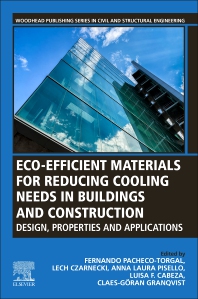SFRC minimizes ironworker field labor, and it removes fear that ironworkers might eliminate or cut horizontal rebar or stirrups that collide with diagonals, says Russell Soeters, regional manager of the Kent, Wash., office of The Conco Cos., the concrete subcontractor. "SFRC simplified installation of rebar in the wall, which is a large benefit," he says.
But the approach made concrete logistics more challenging. SFRC, which is too thick to pump, was bucketed in by crane, while the rest of the job was pumped.
That meant two concrete operations, which had to be coordinated. "The process, for us, added complexities on placement day," says Soeters.
The SFRC link beams' three-month review, which cost Vulcan about $28,000, resulted in an approval letter dated last June 26, which was later than the team had anticipated. The building was already up eight floors, so a decision was made to start the SFRC beams at level 12.
A big takeaway for Kopczynski, who remains upbeat despite the long approval process, is that innovation takes a large dose of patience. "We did not get any more fee, but it took a lot more [design] time than anyone ever expected," he says.
Maffei says, "It's very helpful to have these kinds of initial trial applications because that's how one works out any difficulties. There were some bumps along the road, but ultimately, it was successful."















Post a comment to this article
Report Abusive Comment